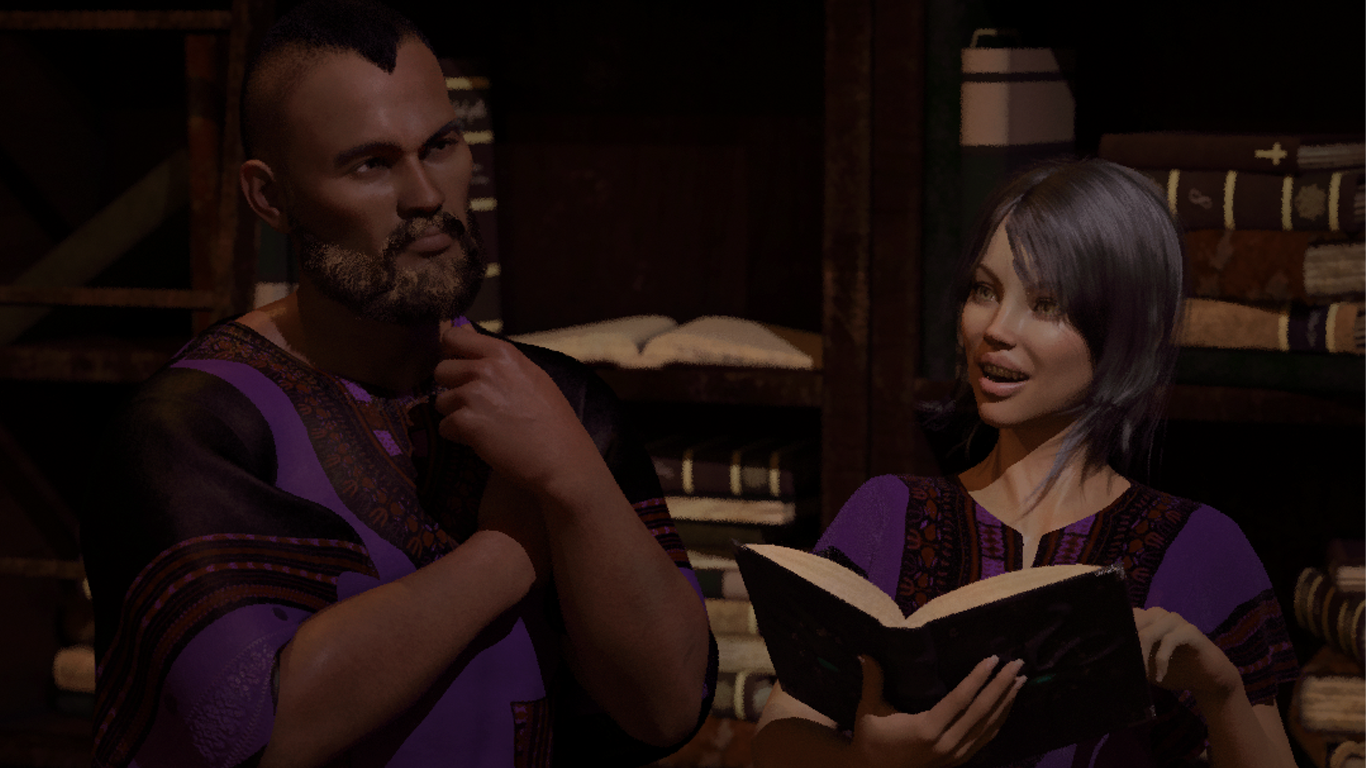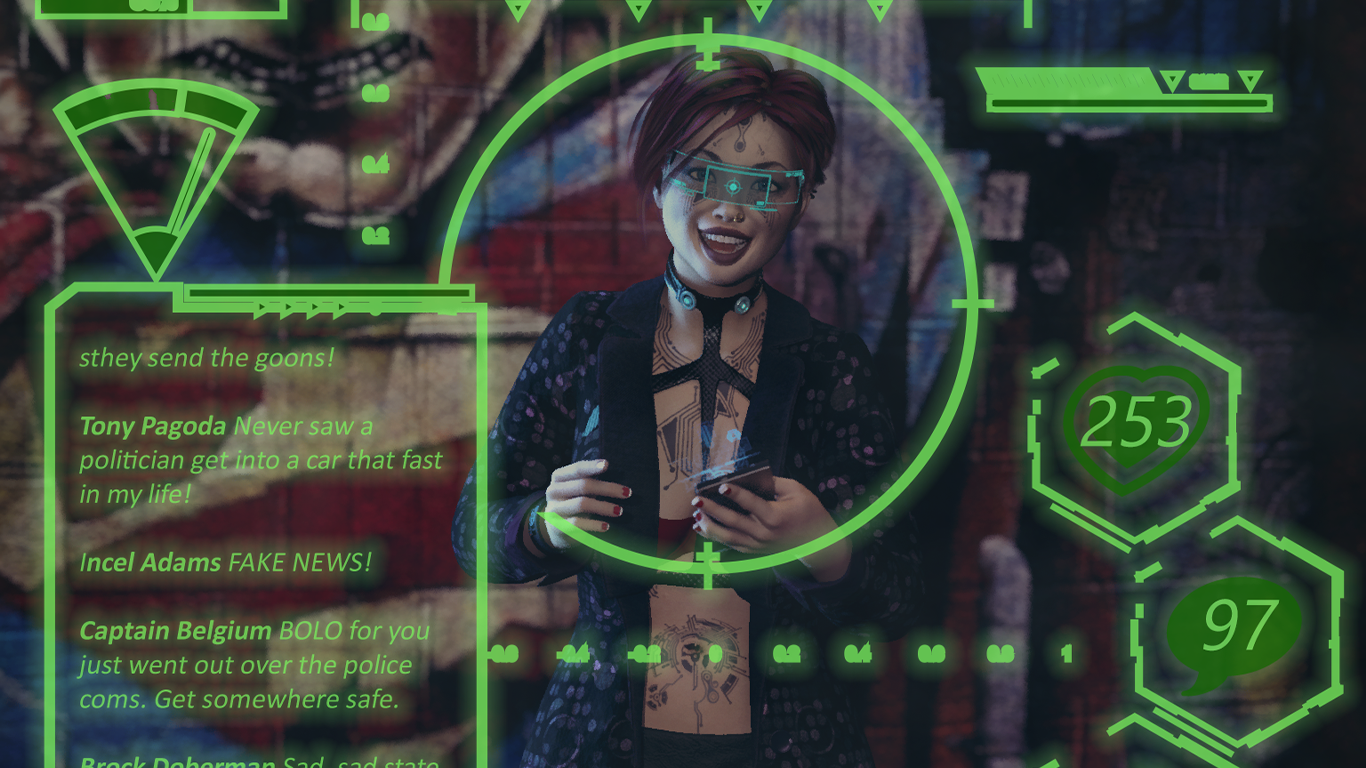We may earn money or products from the companies mentioned in this post.
I was hoping to use my 4-day weekend to finish and post the (hopefully) long-awaited next draft of the Cinemechanix rules to the playtest group, but unfortunately that didn’t happen. Partly it was because I ended up having to work Saturday, but since I knew that ahead of time I probably should have gotten right to work on Thursday. Instead, I watch almost all 9 hours (I did take a break to eat some turkey) of Mystery Science Theater’s Turkey Day marathon. I’d only meant to watch a couple of movies, but the movies were bad and my will was weakened by a couple of weeks trying to re-integrate into society. As long as you ignore the fact that I could have easily chosen not to spend 9 hours watching bad movies, it really couldn’t be avoided.
I did get some work done, I just didn’t end up with as much to show for it as I’d hoped. The amount I added to the word count (which we’ll talk more about later) was embarrassingly small. This isn’t because I’ve got writer’s block or don’t know how to say what I need to say: I basically know what the unwritten sections are going to say, and even some of the exact wording. The problem is finding the best way to organize the section. Every time I get started on it, I end up changing my mind about how it needs to be arranged so that it flows well and makes sense. If all that meant was some cutting and pasting, that wouldn’t be a problem. The really time-consuming part comes from having to go back and re-read the surrounding sections to confirm that the new organization works, that I’m not referencing concepts before they’ve been introduced, and generally making sure that moving things around doesn’t introduce a whole new set of problems. I could wait until later to do it, but organizational problems tend to get harder to fix the longer they hang around, so I always try to make sure any move is a good move right away.
Organization is always a problem with game books. I’ve talked before about how most first-time adventure writers get confused about the nature their audience and try to keep the GM in suspense rather than telling her what she needs to know to run the adventure. Even if you’re not writing something with a plot and/or have accepted that you’re not writing a novel, though, organization is tricky. Do you start with character creation rules, since that’s the first thing a lot of players are going to want? Do you try to introduce the world first? If you introduce the world, do you start small with the things that are immediately relevant to the character (the organization they work for or the area they live in) and work your way up, or do you start with the big picture and work your way down? If you start with the rules, do put them all in one place or save the rules that only the GM needs for later in the book, possibly with a big section of background or other world material in between? Is this section that kind of breaks up the flow tangential enough to make an appendix or sidebar, or should you really try to work it into the main text?
Unfortunately, there’s not really a consistent “right way” to organize a game book. What goes where depends on what kind of game book you’re writing (setting, adventure, rules supplement, core rulebook), the intended audience, the length of the book, and even the author’s writing style. What works for one book doesn’t necessarily work for another book, even if they both contain the same kind of information. For example, when I suggested that Ian move some chapters around in And One For All, he pointed out that he was mirroring the organization of another QAGS book (I don’t remember which one off the top of my head). He was right, but for some reason what worked for that book didn’t work for this one.
Part of the difficulty is that game books have to be organized to serve at least three different functions. First and most importantly, it has to teach the reader how to play the game, so it has to work like a textbook, with each chapter building on the ideas from earlier in the book. You can get away with a certain amount of “we’ll talk about this in more detail later” and “see Chapter XX,” but too many references to things that haven’t been explained can create confusion and annoy the reader. Secondly, the book has to keep the reader reading. If they get bored and give up halfway through, they’re probably never going to play the game. This is why we often save “listy” sections like spell descriptions or monster stats for appendices even when they make sense organizationally elsewhere in the book. Reading the same format over and over again gets tedious, and some people are more likely to put the book down than just skip ahead to the stuff that won’t shut down their brain. Last but not least, the book has to be organized in a way that makes it useful as a reference so players can find the things they need when they’re making characters or need to look up something during play. Making sure a book checks off all three boxes can be challenging.
The new section is also creating some book-level organizational concerns (or, more accurately, adding to the ones that already existed). My initial plan for the Cinemechanix core rulebook was for it to contain the rules and 10 sample games, called “Elevator Pitches,” describing specific game set-ups. The idea was to provide examples of how you could adapt the game to different fictons. I also wanted to show examples of getting away from the “one-size-fits-all” idea behind generic game systems by including completely different rules for the same story element in different Elevator Pitches. For example, a Hobomancer Elevator Pitch with the Cinemechanix version of the ritual magic rules from the original game, but also a “Wizard School” game with rules that allow more Rowlingsesque magic. Or a Star Wars-style setting and a Star Trek-style setting with completely different spaceship combat rules. At the time, the core rules were around 100 pages (based on our average manuscript words-to-finished product pages ratio) and I expected the sample games to run about 10 pages each. While a 200 page book is larger than any we’ve done (except for possibly the first edition of M-Force, which had a font so large it could be seen from space), it’s not ridiculously massive by RPG standards.
When I actually started writing some Elevator Pitches, it turned out they required a lot more ink than I’d expected. The average page count of the first few were in the 20-25 page range, which took the book’s page count up to the 300-350 range. Still not gargantuan by RPG standards, but due to business reasons you’re probably not interested in and old fart sticker shock (most of the Hex crew hasn’t bought games regularly since $30 was expensive for a 200-page hardcover), it’s a little bigger than we’re really comfortable with. Since we’d already talked about using the Elevator Pitch format for standalone products (doing so would allow us to get particularly off-the-wall ideas out in a cheap, bare-bones format so we could test the waters and decide whether a full supplement was worth developing) we decided to cut the number in the core book in half, which should still get the point across and keep the page count in the under-250 range.
With the new section, the core rulebook is up to somewhere in the 180-page range, which puts us back at a 300+ page book with 5 Elevator Pitches. That’s got me thinking about breaking the new section out into a separate book. If you’re playing fairly basic, low-crunch games that don’t need a lot of special rules or you’re only using a Cinemechanix supplement that provide the necessary special rules, you can live without the section about adapting games even though it’s kind of central to distinguishing “adaptive” from “generic.” If I decide to do that, the next hurdle becomes how to sell a book that’s essentially a crash course in game design for a specific game system. But that falls under marketing, not organization. Since I suck at marketing, I probably won’t be blogging about it any time soon.
Maybe if I sucked less at marketing more people would support me on Patreon.





